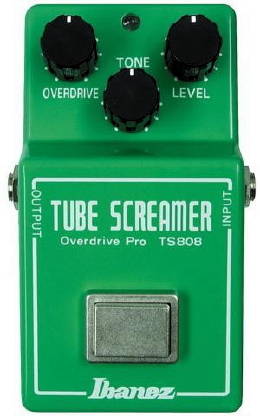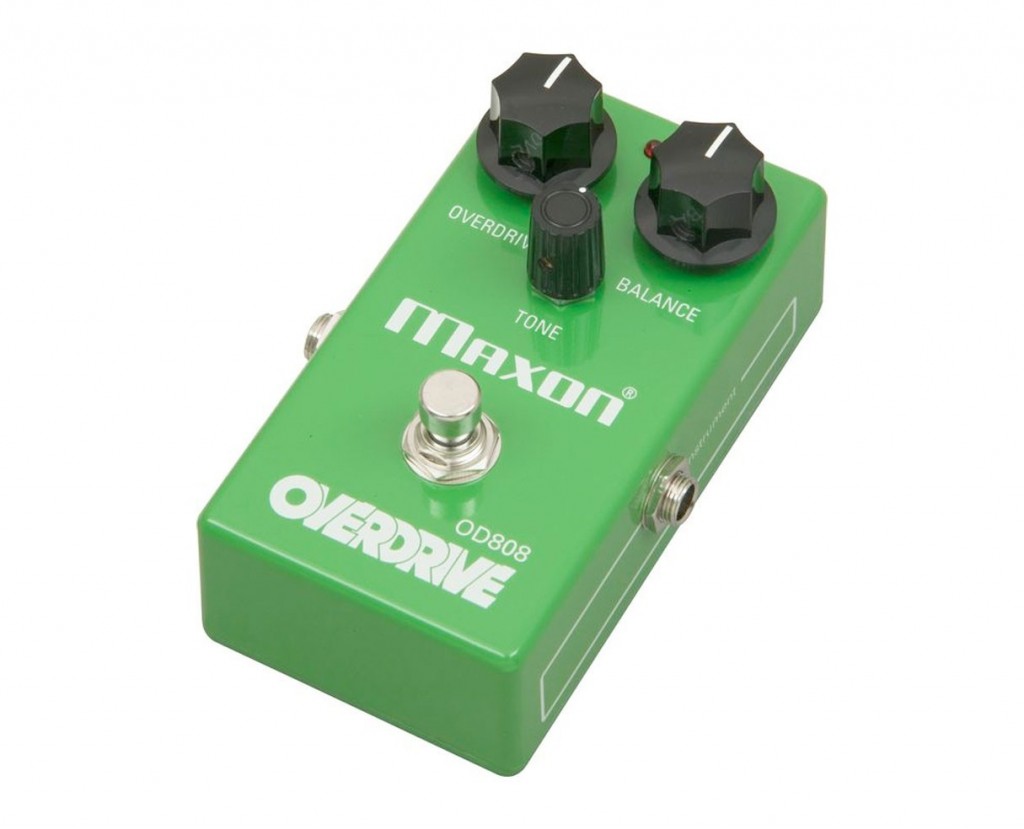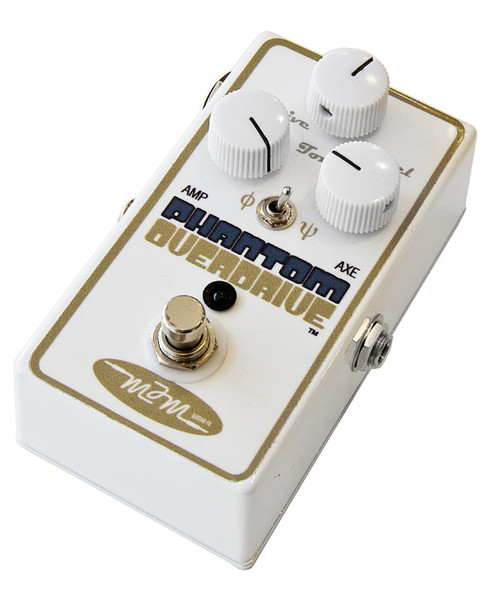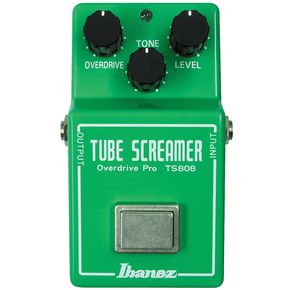Ah, the legendary Tube Screamer, first created by Ibanez was a benchmark pedal that really gave electric guitars great tone. They were designed to push your amp, and as the name suggests, it’ll make your notes scream out. This pedal was a big part of Stevie Ray Vaughan’s tone, which is a big reason why this pedal gained so much popularity. Today, there are many clones on the market, so this article will showcase the best tubescreamers out there.
Ibanez TS808 Vintage Tube Screamer Reissue

Of course the reissue of the famous Ibanez pedal needs to be on this list. But at the end of the day, it is not exactly like the original. That being said, it is still a very good rendition that many are very happy with. If you don’t know where to start, and don’t want to shell out a lot of money on boutique versions of the tube screamer, the Ibanez Reissue is a good middle ground. Ibanez also had a limited hand-wired run which I reckon would be even closer to the original sound. View the Ibanez TS808 on Amazon.
Maxon OD808 Overdrive

Maxon did an excellent job of their rendition of the tube screamer. Some say that Maxon’s is closest to that of the original pedal. At a good price point, and vintage styling, it is a great pick. The Maxon is also true-bypass, which preserves your tone when the pedal is off. View the Maxon OD808 on Amazon.
MJM Phantom Overdrive

Probably the best 808 replica on this list. The Phantom OD sounds very organic and maintain that vintage tone close to the original. MJM Electronics is widely know as a maker of vintage sounding effects, and this pedal is no different. MJM used to have another tube scream style pedal called the Blues Devil, which was great, but it looks to be discontinued.
Conclusion
At the end of the day, if you want to get even closer to the original vintage pedal, Analogman offers a good mod kit that helps achieve this with modern day tube screamers. Definitely worth looking into.
 Who hasn’t heard Albert, B.B. or Freddie King, Muddy Waters, Buddy Guy, or Eric Clapton and thought, “Damn, I want my guitar to sound like that.”
Who hasn’t heard Albert, B.B. or Freddie King, Muddy Waters, Buddy Guy, or Eric Clapton and thought, “Damn, I want my guitar to sound like that.” der tube amps. He really liked Vibroverbs and Super Reverbs, usually running them in stereo to fatten up his sound. SRV’s clean tone was quite amazing, which is what Fender amps are popular for. Of course he ran his amps cranked in order to get that tube saturation.
der tube amps. He really liked Vibroverbs and Super Reverbs, usually running them in stereo to fatten up his sound. SRV’s clean tone was quite amazing, which is what Fender amps are popular for. Of course he ran his amps cranked in order to get that tube saturation.